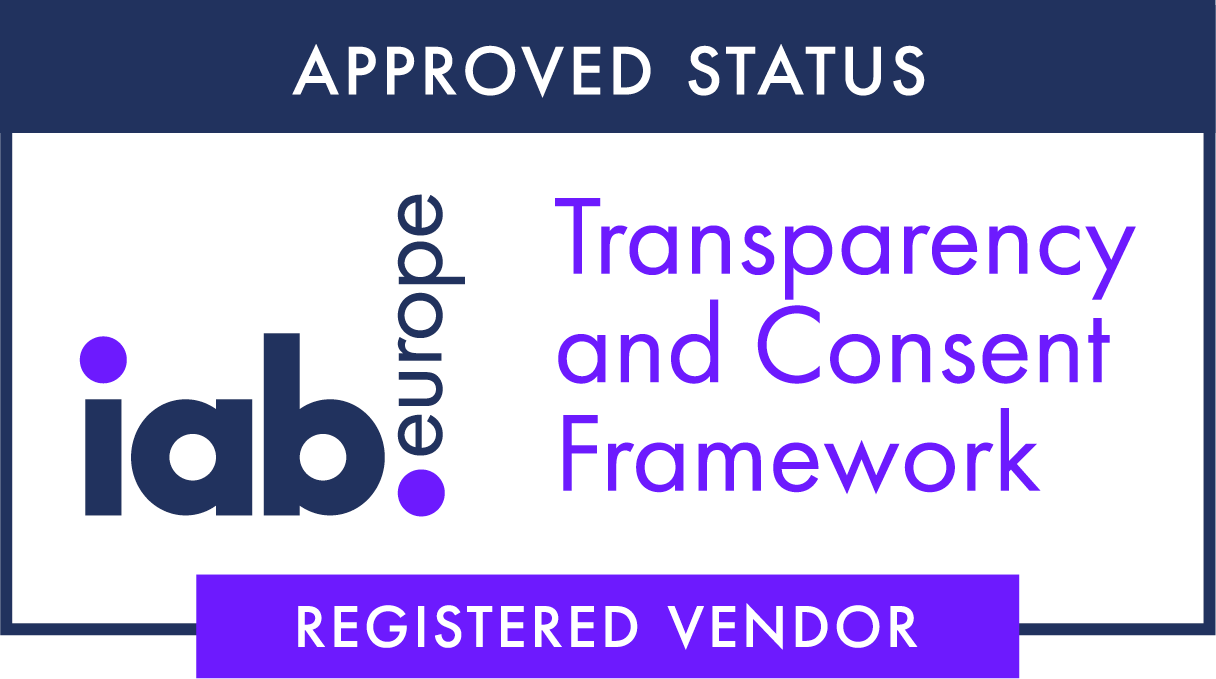Company
New Work and how to embed this concept in your own culture
We decided to take a holistic and strategic look at our attitude, culture, leadership, structures, processes, and strategy.
January 18, 2023
Like many companies, we experienced the Corona crisis as an accelerator of modern work hypotheses. The increasing complexity of the already complex VUCA (Volatility, Uncertainty, Complexity, and Ambiguity) world made it necessary for us to take a more holistic approach to remain a high-performing and modern company in the changing world of work.
To get closer to this goal, we first dedicated ourselves to the topic of “Outcome-oriented organizational structure” on our own. We translated the theories of “Team Topologies” by Matthew Skelton & Manuel Pais into structuring a new area in the first steps. This approach gave us a new perspective on team types and underlying collaboration dynamics. But, it helped us only to a limited extent when it came to integrating leadership or competency development.
Thus, we organized two workshops. In the first, accompanied by HRPioneers, we located esome between classic and agile organizations based on six dimensions via the Pioneers-Trafo model. From our point of view, we derived the most important fields of action (leadership and structure). In the second workshop with sterneundplaneten, our considerations were based on much more fundamental initial questions resulting from the first quadrant, “attitude and psyche,” of the AQAL transformation model. Here we focused on the individuals in the inner perspective and answered the questions “Who am I?” and “Why am I here?”. Then we transferred these questions to the organization and derived the main challenges for esome as a company.
We gained valuable insights from both workshops. We learned to better assess the multi-dimensionality of a successful transformation and to deal with the different dimensions along a prioritization that is right for us. In the future, we want to work based on smaller experiments to test hypotheses more quickly and adapt them in iterations. We realized that we need more clarity as orientation and sharpen what “success for esome” means. We dedicated one of our corporate objectives to “competency-based decision-making” by the end of the year. And we have decided to implement this transformation with the organization along agile principles.
Because one thing is sure: a defining constant is change. We meet this by making the best possible use of our competencies and creating space for further development and innovation. This step is accomplished by courageously trying out new things, learning quickly from our mistakes, or making adjustments where our solution still needs to deliver the desired result. We can be even more successful in the future if we do not reinvent ourselves regularly but rather iteratively develop this company together in small increments as the moment and the framework conditions require.
Our 10 Key Learnings:
- Leadership challenges change: Teambuilding within a hybrid team requires creativity, and caring for employees becomes more important.
- New Work boosts motivation: Modern and unbounded work opens up more scope for individual work preferences (be it location, time, reconciliation of family and work, or loss of facetime)
- The office serves a new purpose: The office serves as a meeting place, promotes team building, and creates a space for creative collaboration.
- OKRs impact our results: Translating our strategy into objectives and key results increases the focus of our projects and the meaningfulness of our work.
- Outcome counts: Building competencies and self-efficacy come into focus, and their results measure our team’s performance
- Stop starting – start doing: Starting with small experiments and readjusting in the right places takes us further than pursuing the perfect holistic approach.
- Technology empowers: Digital collaboration tools, such as Miro, Retrotool.io, or Asana, have become integral to our daily work.
- Transparency by default: Transparent communication promotes participation and active involvement by the team.
- Trust as a success factor: Trust in the team, and their expertise is a decisive success factor.
- Work from where you want: An employee’s location does not influence the results – the additional motivation gained through flexibility, on the other hand, does.


